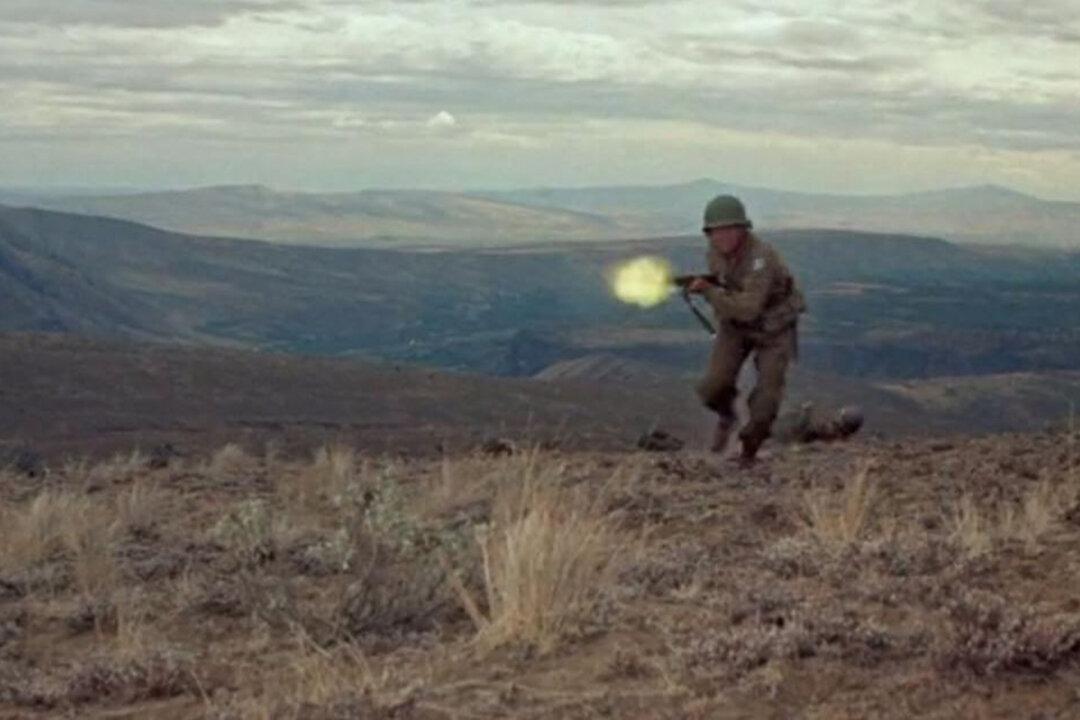NR | 1h 46m | History, Drama, War | 1955
Audie Murphy’s extraordinary journey from a poverty-stricken Texas youth to the most decorated soldier of World War II, and later, a Hollywood star, comes vividly to life in “To Hell and Back.”
Released in 1955, during the patriotic post-war boom, the film avoids many of the pitfalls that plagued mid-century war dramas. While traces of propaganda are evident—perhaps inevitable for the time—it sidesteps heavy-handed flag-waving, opting instead for a raw and measured portrayal of bravery, loss, and camaraderie.
Based on Murphy’s bestselling memoir (published in 1949), the film is both a biopic and a tribute to the military men who fought alongside him, many of whom never returned. Murphy himself played the lead role, an unusual choice that added a layer of authenticity, but came at a personal cost.
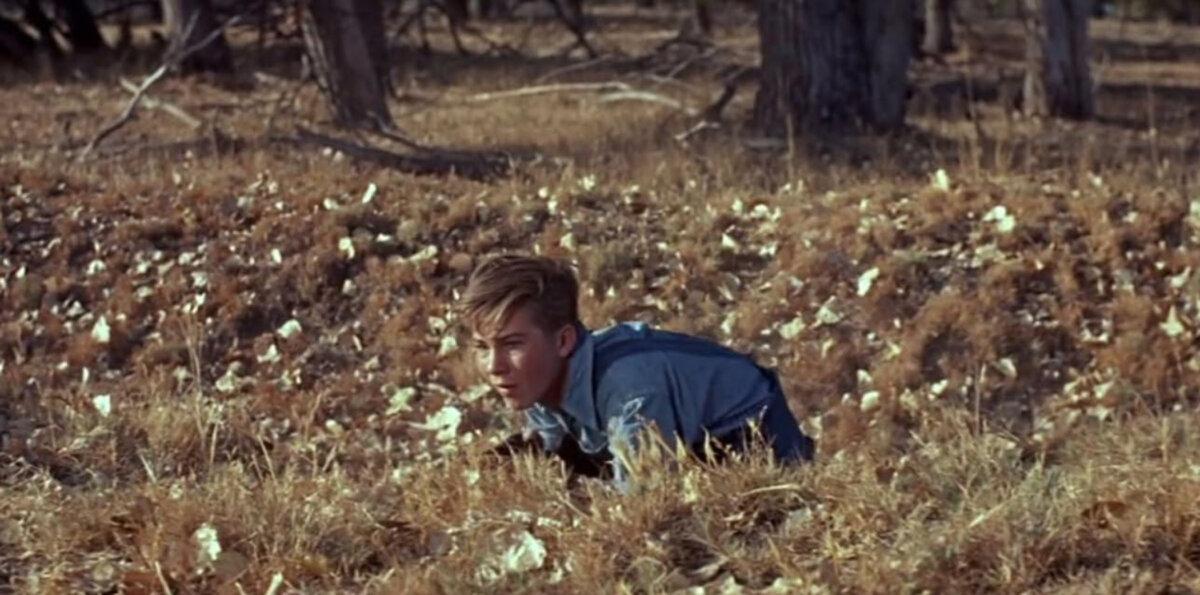
Having already relived the horrors of war while writing his book, Murphy was initially reluctant to reenact those moments on screen. He even suggested Tony Curtis for the part. Ultimately, his involvement ensured the film remained true to the experiences of those who served, making it more than just another war movie.
The story begins in rural Texas, where Murphy (a younger version played by actor Gordon Gebert), the son in a struggling family abandoned by his father, quits school to support his mother and younger siblings by working on a farm. After his mother’s death, his siblings are sent to foster care, leaving Murphy free to enlist in the Army at a young age.
Rejected by the Navy and Marines for his slight build and boyish looks, Murphy is assigned to the Army’s 3rd Infantry Division, where he quickly bonds with his squad of hardened veterans. Despite his lack of formal education and small stature, Murphy’s courage and quick thinking on the battlefield earn him their respect and eventually a slew of promotions.
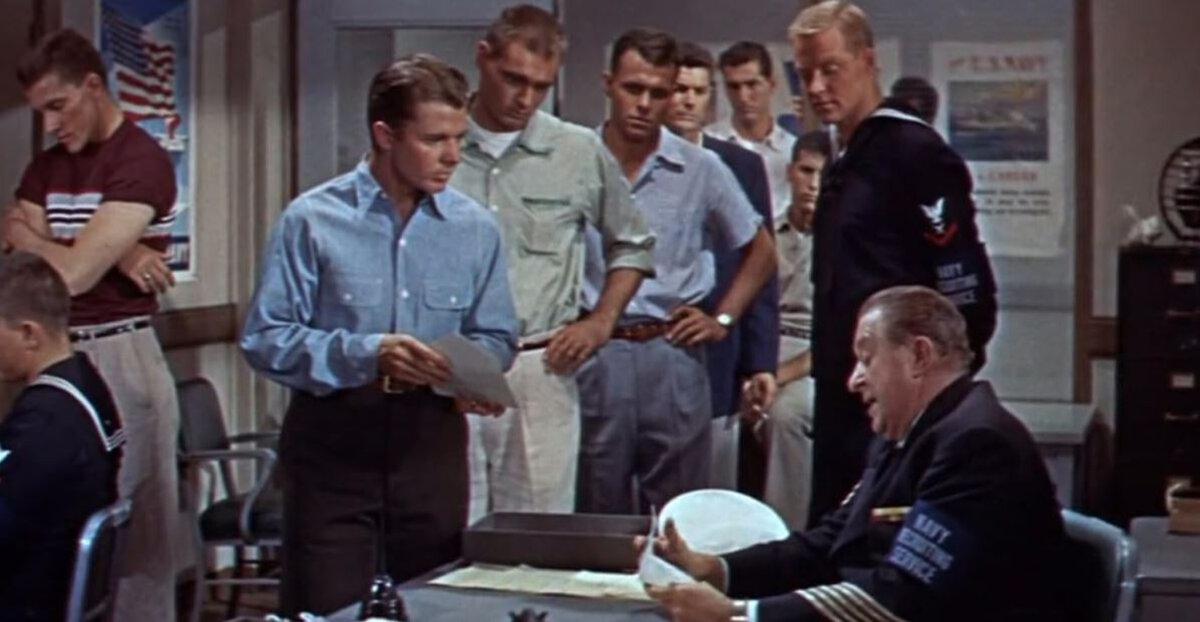
The Toll of War
The film captures pivotal moments of Murphy’s military journey, highlighting the unbreakable camaraderie among soldiers, their resilience through humor amid peril, and the devastating toll of war, as Murphy loses several close friends. A recurring theme is the veterans’ reluctance to bond with new replacements; the hardened soldiers know how quickly these young men could be lost in the chaos of battle.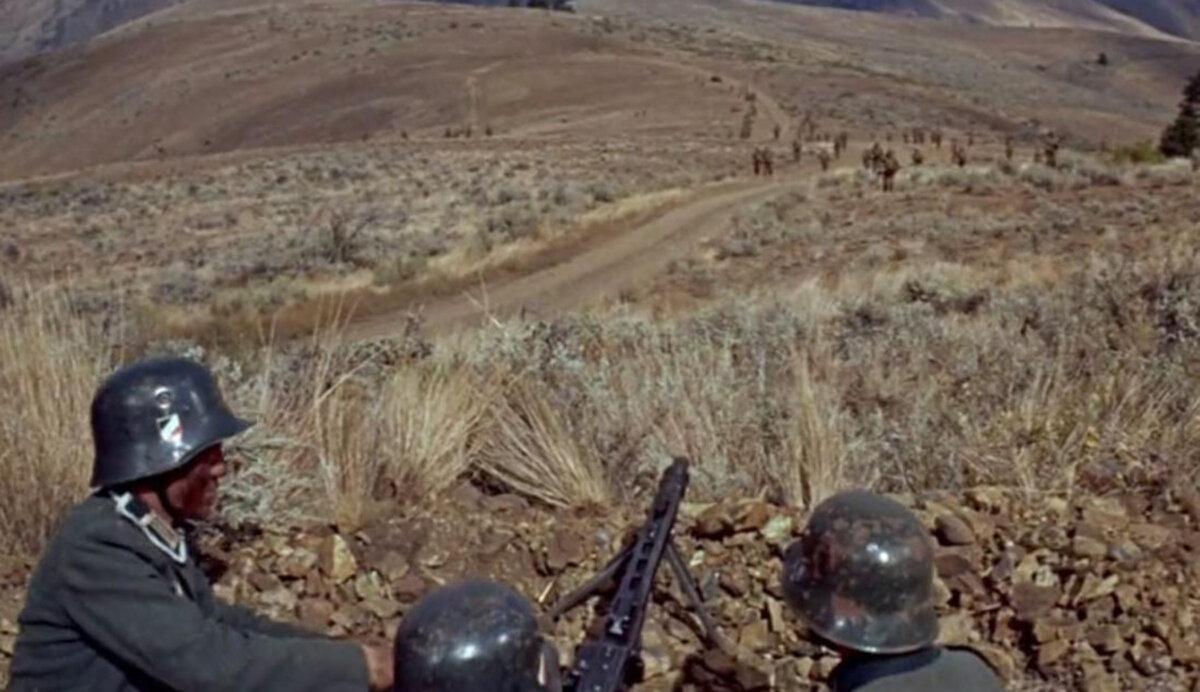
The film’s climax vividly portrays Murphy’s extraordinary act of valor in France, a defining moment of unparalleled bravery. As German forces mount a relentless attack, Murphy climbs onto a burning Sherman tank, the air thick with the threat of imminent explosion. Gripping its machine gun, he fends off the advancing enemy soldiers with unyielding resolve, even as he’s wounded in the process.
His defense holds the line until reinforcements arrive, an act of heroism that earns him the Medal of Honor. It captures not only the perilous intensity of the battlefield but also the immense psychological burden Murphy carries, leaving an indelible impression of the courage and cost of such actions.
While the film’s script and supporting performances are competent rather than exceptional, Murphy’s understated portrayal is effective. His quiet demeanor, unassuming heroism, and deep respect for his fallen comrades set him apart from the larger-than-life war Hollywood heroes.
“To Hell and Back” was a massive box-office success, becoming one of the highest-grossing films of the 1950s. Today, it stands as a time capsule of mid-century American idealism; the film reflects a period when the nation still viewed its wartime sacrifices through a largely uncritical lens.
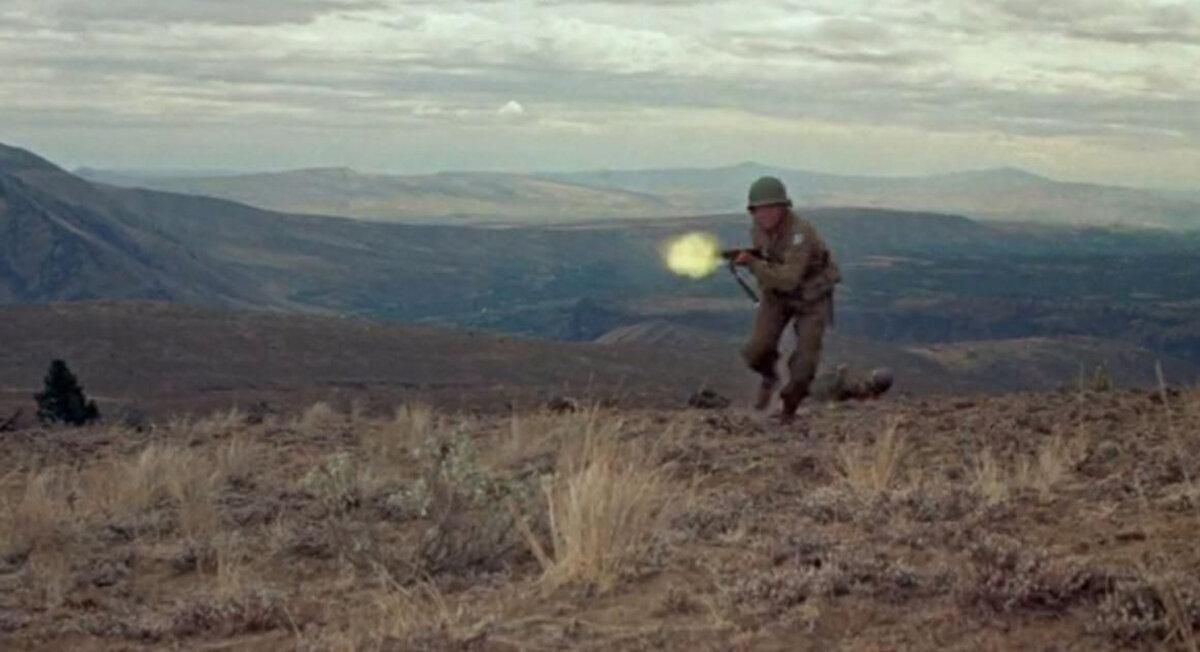
Yet, it offers something deeper: a genuine look at the price of valor, the bonds forged in battle, and the humanity of a man who never sought the spotlight but found himself at its center. For modern audiences, it’s a reminder of a time when heroism was portrayed with both reverence and restraint, unadorned by the cynicism that later came to define so many war films.

